2021 - Rugby Art Gallery & Museum
Past Exhibitions 2021
Zarah Hussain: Light Upon Light
18 September - 13 November 2012Truly unique. Islamic geometry meets contemporary design.
Zarah Hussain (b.1980) works at the intersection of science and spirituality. She combines contemporary digital art with rigorous training in traditional hand-drawn Islamic geometry. Hussain studied Islamic Art at the Princes’ Foundation in London from 2002-2004. She has spent her career exploring the ways in which she can apply the principles of Islamic geometric design to contemporary art, using new technologies and materials.
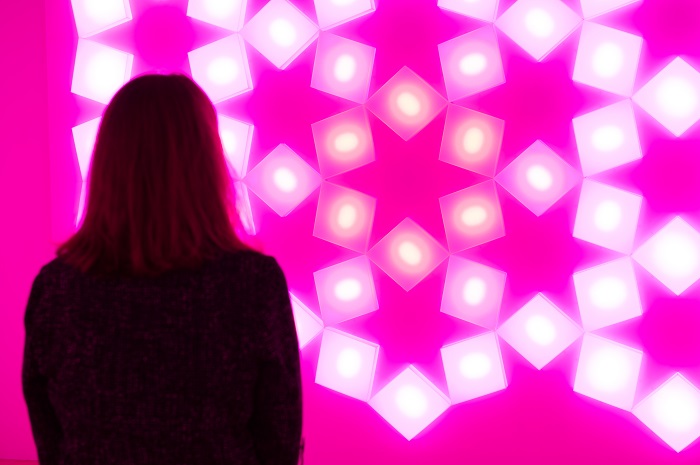
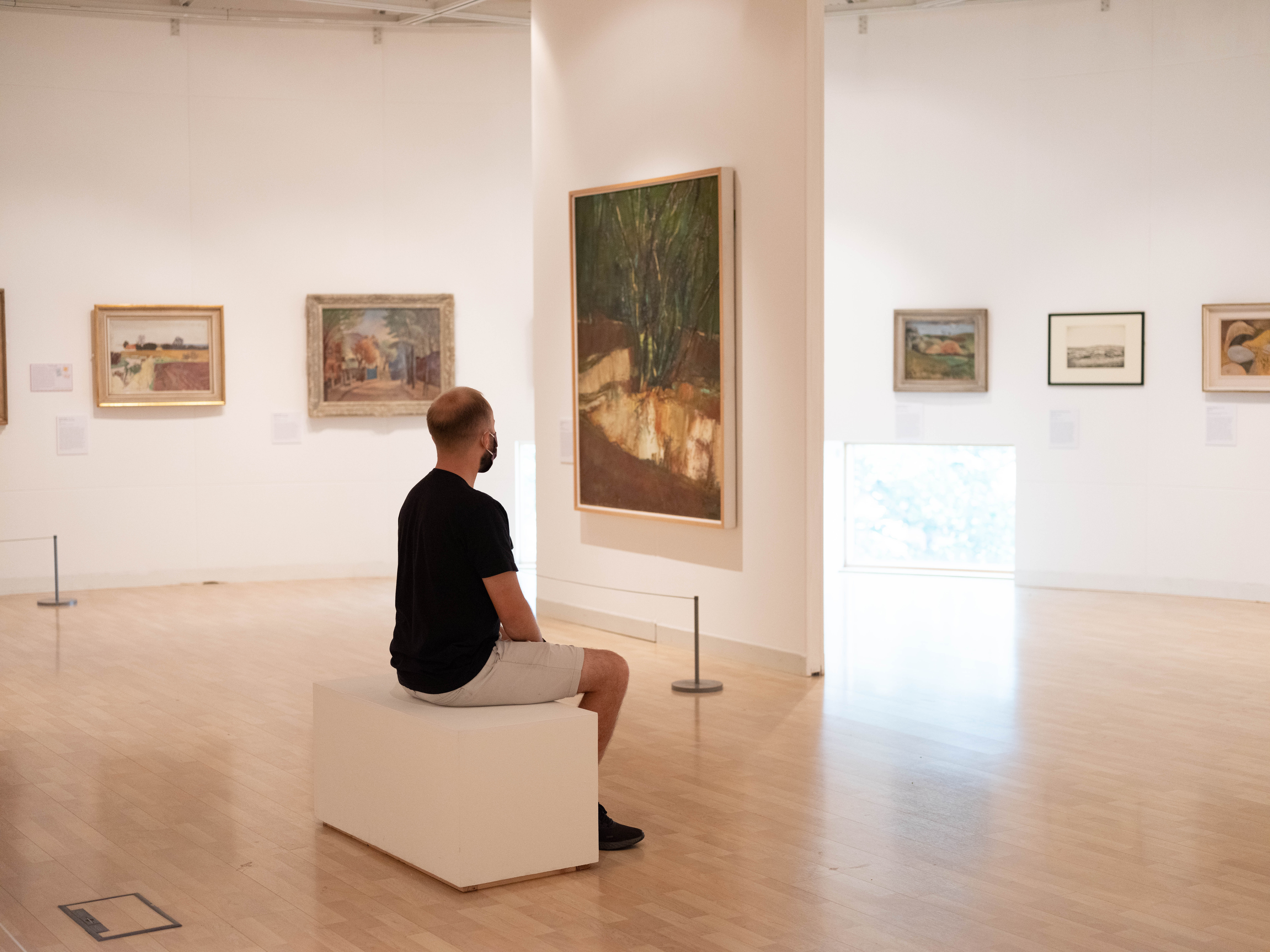

The Life Behind the Landscape
Rugby Collection
20 July - 4 September 2021
On display are over 60 artworks drawn from the renowned Rugby Collection, including paintings by Prunella Clough, L.S. Lowry, John Minton, and Graham Sutherland.
The depiction of landscape has provided artists with a context in which to explore the relationship between people and place. Many artists working in Britain in the 20th century were influenced by art on the continent, especially in France. Whilst some observed the work of their contemporaries - others absorbed it, travelling Europe and embracing trends such as impressionism, post impressionism and cubism. For some, travel to a different country offered new surroundings and a renewed enthusiasm in which to experiment with the portrayal of landscape. Others found stimulus in the familiarity of home. The artists on display have used their cultural connections, personal relationships, and spiritual experiences, as well as the topography of the land and the quality of light, in the quest to capture the spirit of a place.
Emilie Taylor May Day May Day May Day
18 May - 11 July 2021
Considers the dual importance of May Day as a Pagan festival celebrating the land, fertility and abundance, and its modern identity as International Workers Day, or Labour Day. The title, whilst referencing these calendar events, also alludes to our current state of emergency. The social, economic and climate emergency, exacerbated by our relationship with the land and the polarity of wealth dividing the population.
The creation of artwork for this exhibition has almost entirely taken place during the various lockdown periods enforced by the Coronavirus Pandemic and place a new lens over this timely subject.
Sheffield based Emilie Taylor is a Potter, making large scale studio ceramics that tell the stories of the communities she collaborates with. Interested in the vessel or container as a metaphor for how we seek to contain communities within British society, Taylor has an ongoing interest in the firing process as a symbol of change. She uses the English heritage craft of Slipware to interpret and represent post-industrial landscapes. Slipware has been a prevalent craft since the 16th century and would have combined personal annotations with political illustrations and text. It would have been used by communities meeting together and sharing food particularly at harvests. Slipware has always had a personal, political, and symbiotic relationship with the land in its creation and its use. Historian Casey Strine wrote ‘while history is written by the victor, pottery is always of the people’.
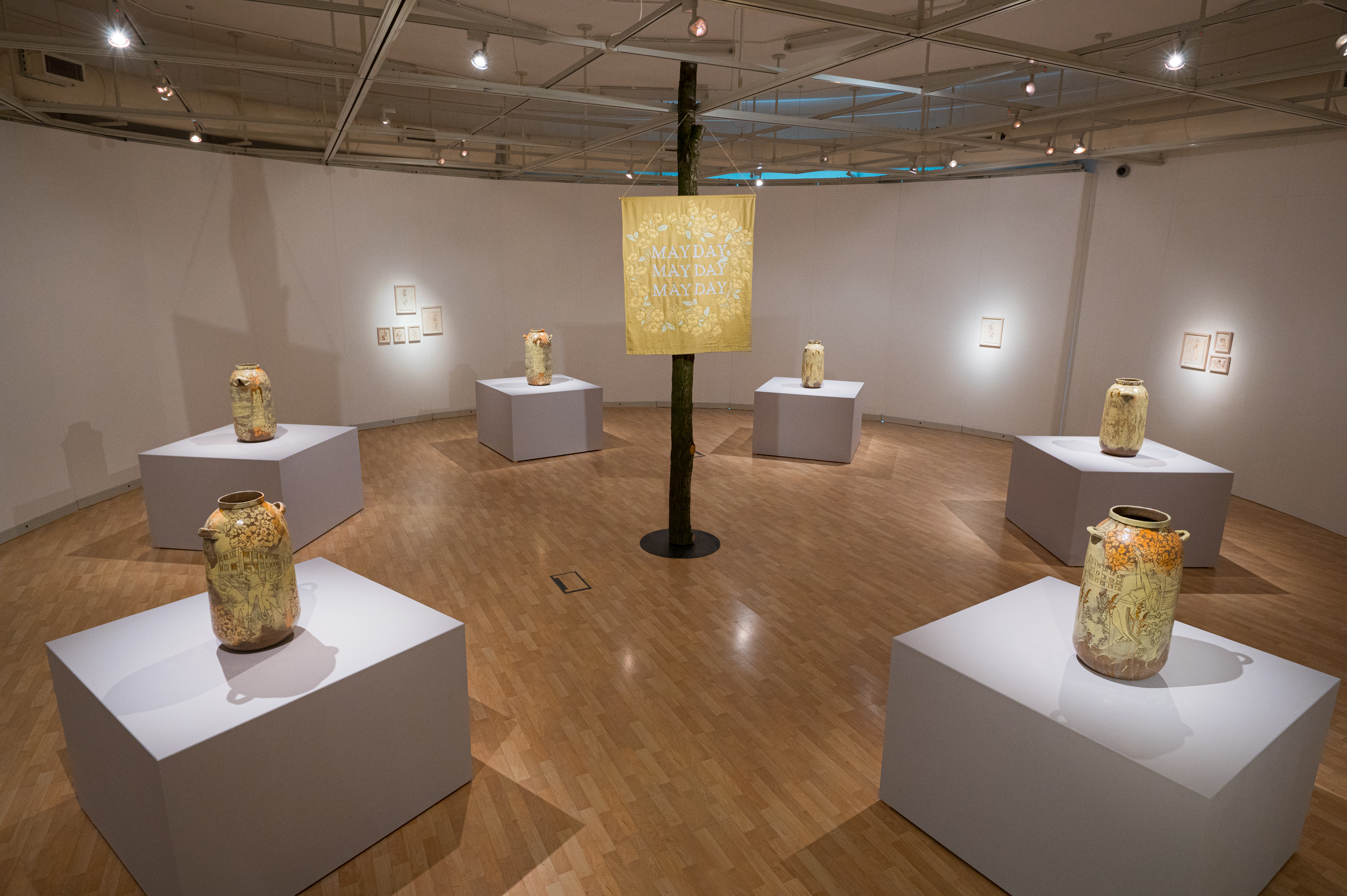
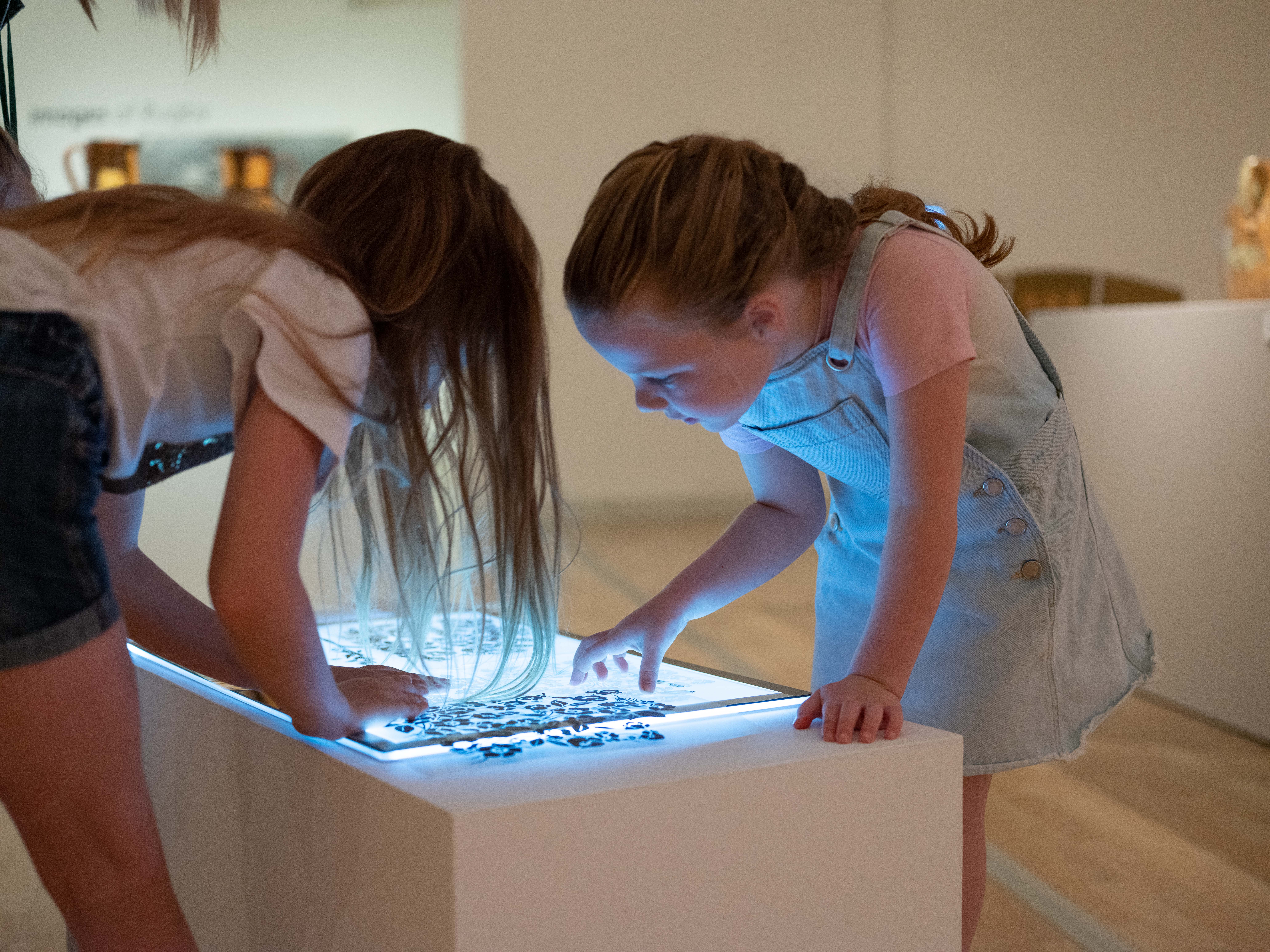
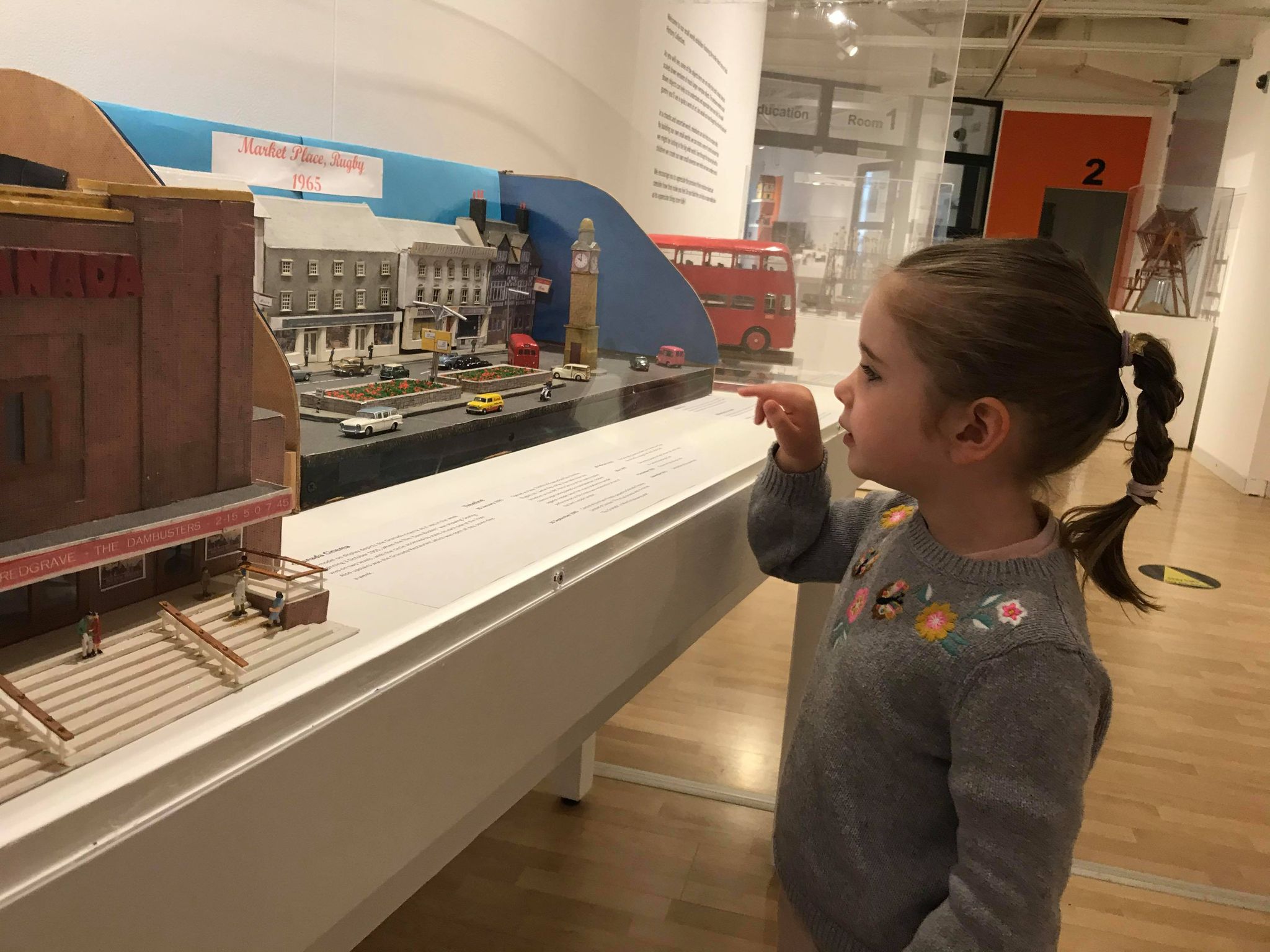
Small World
Explore our fascinating collection of little treasures
From miniature everyday objects, dolls houses, model trains and scale models including our new acquisition – a scale model of the famous Rugby railway gantry, The Bedstead. Alongside, will be models from Rugby and District Historic Transport Group showing Market Street in 1962 and the old Granada Cinema.
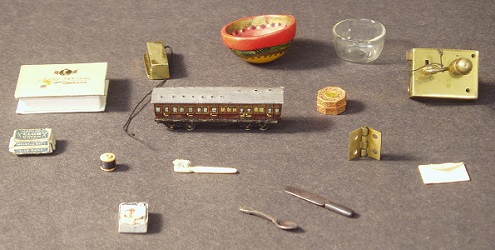
The Queen's Doll’s House was built in the 1920's for Queen Mary (Queen Elizabeth II's grandmother). It was conceived as a gift from the nation to the Queen as a mark of their admiration for her following the First World War. The house was designed by the famous architect Lutyens at the request of Princess Marie Louise and it took 1,500 craftsmen three years to complete. The house was built from wood made to look like Portland stone by J. Parnell and Son of Rugby and many of the miniature items inside were made by Twinings of Northampton. The Queen's Doll's House has been housed, since 1925, in a specially designed room (by Lutyens) in Windsor Castle.